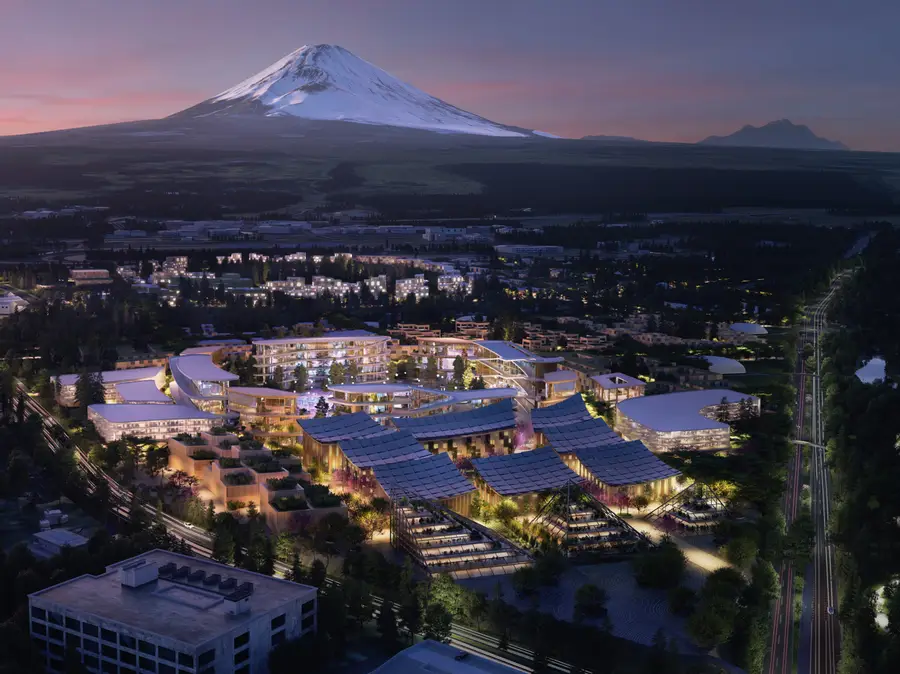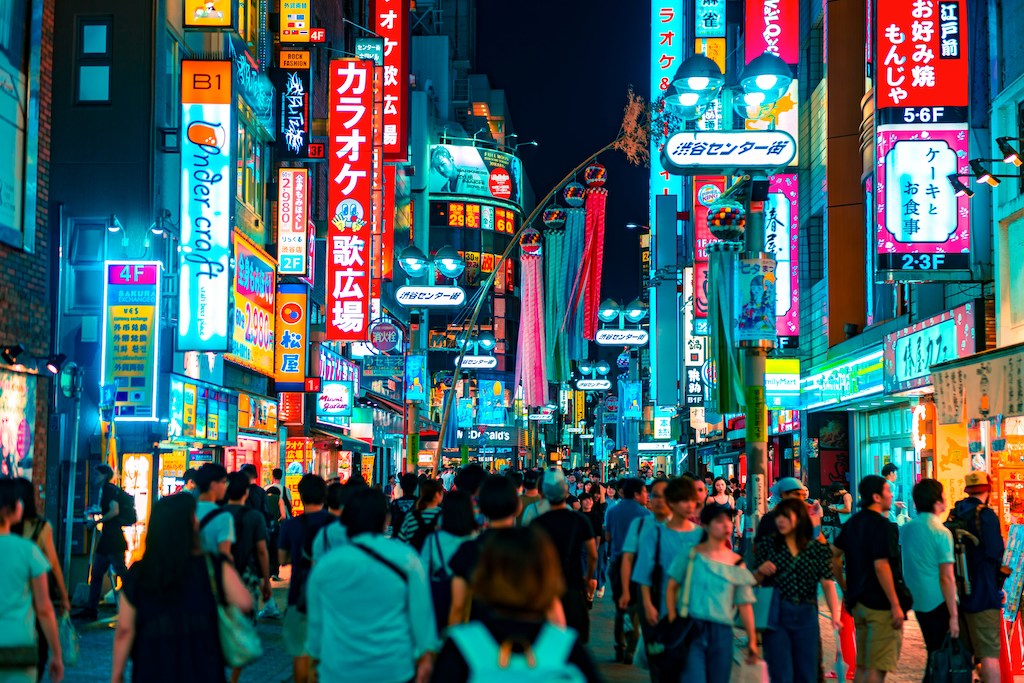
Japan, as one of the leading countries in technological innovation, has developed the concept of smart cities that integrate advanced technology with everyday life. This concept not only aims to improve efficiency and comfort of life, but also to create a sustainable and friendly environment for the community. This article will discuss how Japan implements the concept of smart cities, the challenges faced, and examples of smart cities that have been successfully implemented.
Definition and Objectives of Smart City
What is a Smart City?
Smart city is a concept of urban development that uses information and communication technology (ICT) to improve the quality of life of its citizens, the efficiency of city operations, and environmental sustainability. According to the Japan Smart Community Alliance (JSCA), a smart city is a community where next-generation technologies and advanced social systems are effectively integrated and utilized.
The main purpose
The main objectives of developing smart cities in Japan include:
- Increasing energy efficiency.
- Reducing carbon emissions.
- Improving people’s quality of life through better public services.
- Creating a safer and more comfortable environment.
Implementation of Technology in Smart Cities
Intelligent Transportation System
One important aspect of a smart city is an efficient transportation system. In Tokyo, the government has integrated public transportation with advanced technology, including the use of apps to monitor transportation schedules in real time and an underground bicycle parking system that uses elevators and robots.
Energy Management
Japan is also focusing on efficient energy management in the development of smart cities. Projects such as the Fujisawa Sustainable Smart Town show how technology can be used to create energy-independent communities by utilizing renewable energy sources.
Digital Infrastructure
Digital infrastructure development is key to creating smart cities. Japan has invested heavily in fast internet networks and communication systems to support smart city applications ranging from traffic management to remote healthcare.
Examples of Smart Cities in Japan
Kashiwa-no-ha Smart City

Kashiwa-no-ha is a successful example of a smart city in Japan that integrates technology into the daily lives of its residents. The city offers an intelligent transportation system, efficient waste management, and the use of renewable energy.
Toyota City

Toyota City is another example of Toyota automotive company applying advanced technology to create a sustainable urban environment. The project includes the development of autonomous vehicles and environmentally friendly infrastructure.
Keihanna Science City

Keihanna Science City is a research and innovation center designed to develop new technologies and sustainable solutions for urban communities. The city is a place where researchers and technology companies come together to collaborate on innovative projects.
Challenges in Developing Smart Cities
Investment Costs
One of the biggest challenges in developing smart cities is the high investment costs for new infrastructure and technology. Governments need to find the right funding sources to support these projects.
Community Involvement
Community involvement in the smart city development process is essential to ensure that the solutions implemented are in line with their needs. Education and active participation of citizens are key to the success of smart city projects.
Data Security
With the increasing use of digital technology, data security issues are also a major concern in the development of smart cities. Protection of citizens’ personal data must be guaranteed to maintain public trust in technology.
Conclusion
The concept of smart cities in Japan is an example of the harmony between modern technology and people’s daily lives. With a focus on sustainability, efficiency and quality of life, Japan shows how innovation can be used to create a better urban environment for future generations.
FAQ (Frequently Asked Questions)
1. What is a smart city?
A smart city is a city development concept that uses information and communication technology to improve the quality of life of its citizens and the efficiency of city operations.
- What are the main goals of developing smart cities in Japan?
The main goals include increasing energy efficiency, reducing carbon emissions, and improving the quality of life of the community. - What are some examples of smart cities in Japan?
Examples include Kashiwa-no-ha Smart City, Toyota City, and Keihanna Science City. - What are the main challenges in developing smart cities?
The main challenges include high investment costs, community involvement, and data security. - How can the community be involved in developing smart cities?
The community can be involved through education about the benefits of technology and active participation in the planning and implementation of smart city projects.
By understanding the concept of smart cities in Japan, we can see how the country is using technology to create a better future for its citizens!
Citations:
[1] https://repository.unej.ac.id/bitstream/handle/123456789/89983/Garyn%20Muniqar%20N.-120910101073%20%23.pdf?sequence=1&isAllowed=y
[2] https://ejournal.unis.ac.id/index.php/pelita/article/download/2353/2331/12977
[3] https://www.smartcityindo.com/2018/01/perkembangan-smart-city-di-tokyo.html
[4] https://ejournal.unis.ac.id/index.php/pelita/article/view/2353


